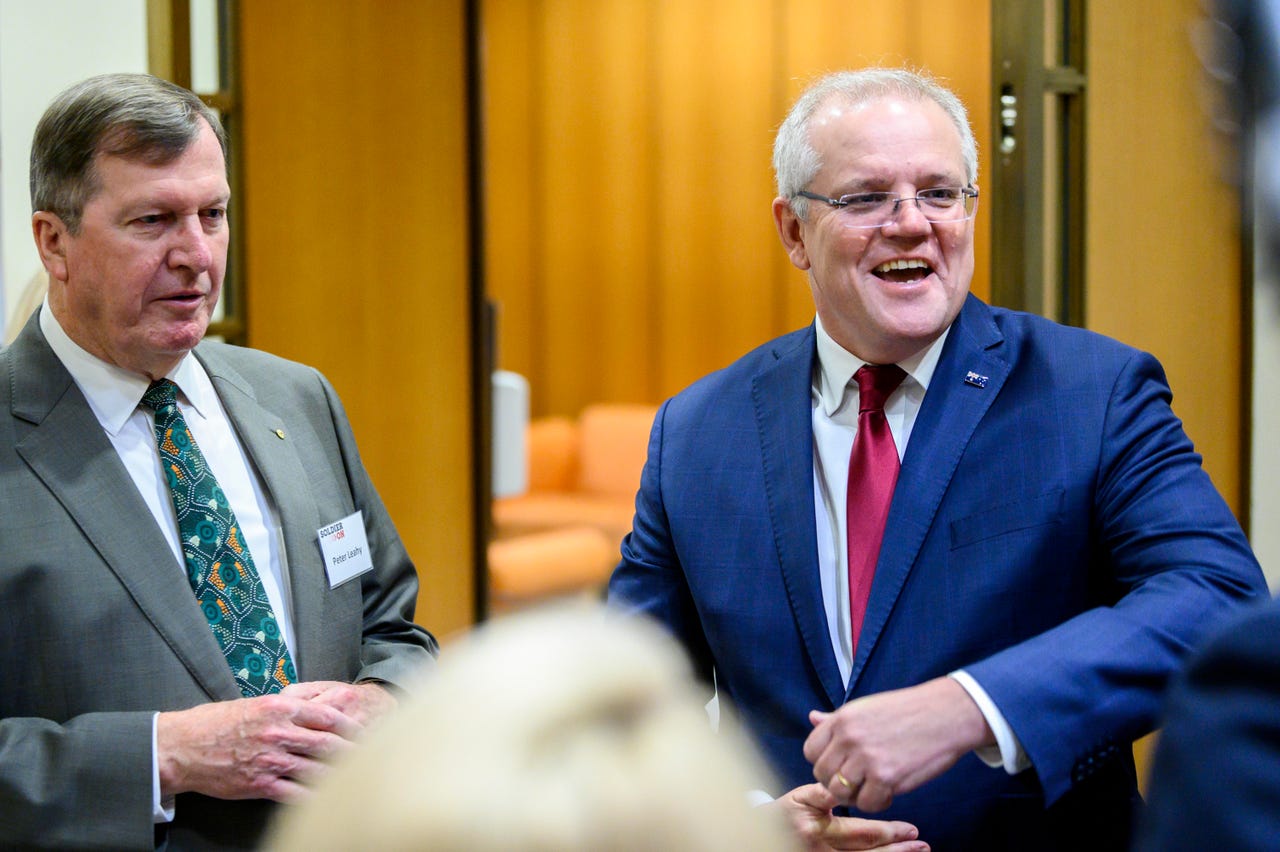
































Prime Minister Scott Morrison
Image: IBMLast week Prime Minister Scott Morrison proudly released his list of 63 critical technologies and boasted his government would commit AU$111 million for quantum tech, but beyond that, there were little specifics about any of the other 62.
Indeed, the Blueprint for Critical Technologies [PDF] is like a reverse fractal. The closer you look at it and its rather generously titled action plan [PDF], the less detail there is to see.
"Our aim in developing the list is to provide guidance and a clear signal about the critical technologies that may have national interest implications for Australia today or within the next ten years," says the action plan.
"National interest" is defined here as the intersection of national security, social cohesion, and economic prosperity.
"The list is part of government's guidance and assistance to society, academia and businesses to build the right skills and acquire the necessary tools to efficiently and effectively adopt critical technologies in a safe and secure manner."
All well and good. But the very next paragraph makes a complete nonsense of the entire process.
"This list itself does not imply any recommended or prohibited actions -- inclusion of a technology on the list does not imply guaranteed prioritisation or that there is a real or perceived risk to national security from that technology," it says.
"Conversely, technologies not on the list are not, in and of themselves, unimportant or excluded from future consideration by government."
That's quite a few words to say that the list is essentially meaningless.
To repeat, there is no difference between a technology being on the list or not on the list.
For those of you used to decoding bureaucratic language, there's another amusing sentence in the description of how this list was developed: "Key feedback from that round of consultation was the need to provide more information on the purpose of the list, add applications across all technologies, and to improve the presentation of the list."
And now, yes, the documents are certainly laid out in a neat and tidy fashion, and the colours are nice.
"The Action Plan identifies critical technologies in our national interest and demonstrates government action," it says, which again is curious. The plan, which has not happened yet, demonstrates action?
That's because the vast majority of the things listed in the alleged plan are things that are already happening.
They range from the civil space program to the National Hydrogen Strategy, and from the Medical Research Future Fund to the "timely rollout of 5G in Australia" -- although surely the telcos were doing that anyway.
"These existing initiatives align closely with the government's new shortlist of critical technologies," says the action plan. Because of course they do.
It doesn't take much to see that this document's primary purpose is to be a promotional brochure for the forthcoming federal election.
OK, the Quantum Commercialisation Hub is new, sure. So there's one thing.
The Australia
 Tags quentes :
Inovação
Tags quentes :
Inovação